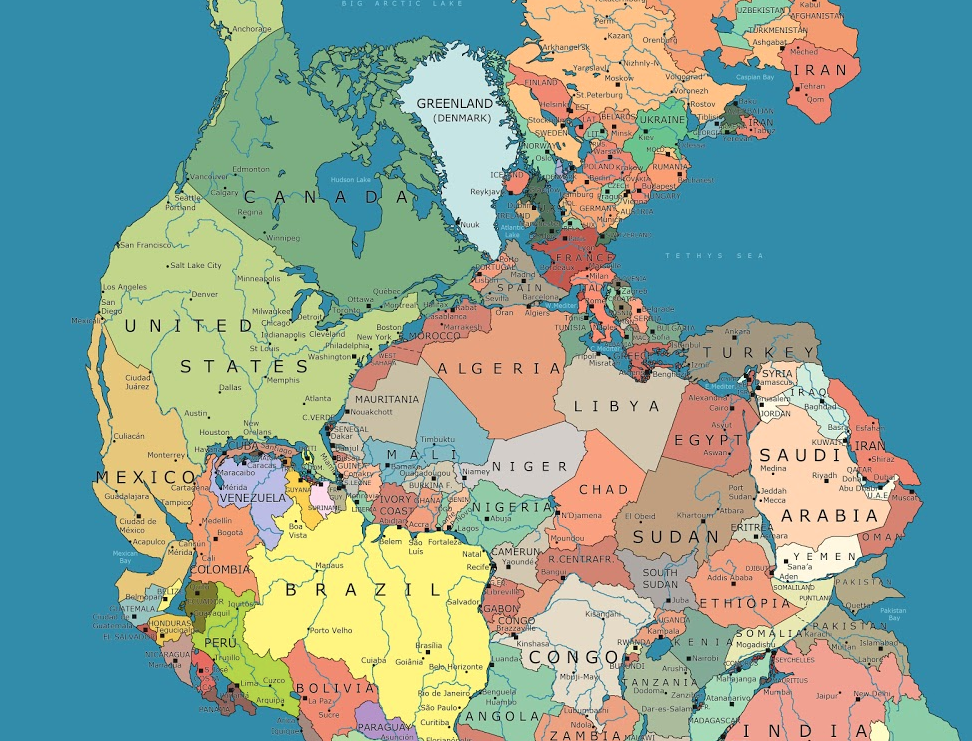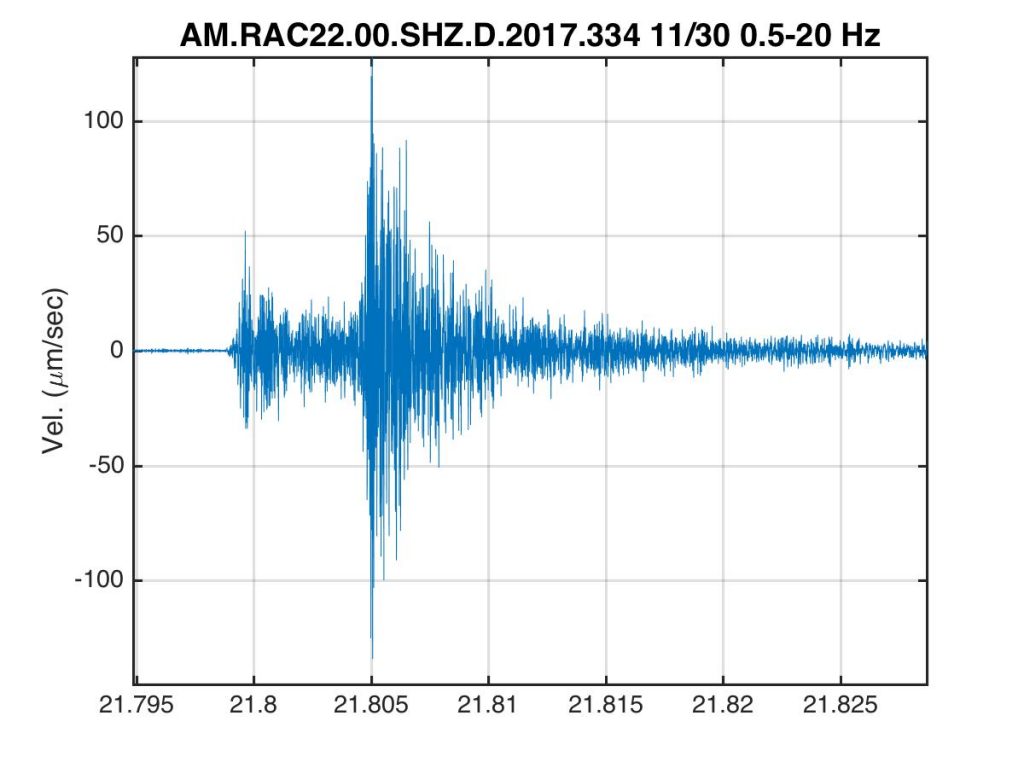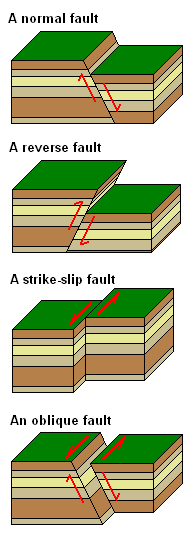1 December 2017
Delaware Quake May be Africa’s “Fault”
Posted by Dan Satterfield
This is one of those days that illustrate why broadcast meteorologists must learn all of the Earth science they can. An earthquake struck 10 km east of Dover, Delaware at 4:47 PM EST this Thursday evening. The epicentre was in the Prime Bombay Hook National Wildlife Refuge (A fantastic place to see all kind of birds), and was felt as far north as NY state! It looks likely to equal the largest recorded quake on record in the First State, and it was a shallow quake felt hundreds of miles away.
When I was chair of the AMS Committee on Station Science, we invited geologists to our annual conferences to educate members, because when the ground shakes, we are the first people that reporters/producers/viewers go to! I’ve tried to learn enough about earthquakes to know when I need to get an expert to answer a viewers question, and I needed one today! Big thanks to Twitter followers Penny Higgins and Jay Pulli for helping me out today.
The seismograph trace above is from Jay, and he explained that this 4.1 magnitude quake was an oblique fault. A combination of a strike-slip and a thrust fault (see image).
Penny Higgins added more information, that I found fascinating. She says this may have been an ancient fault left over from the supercontinent Pangea. What is now Africa and North America collided about 330 million years ago and did not break up until around 175 million years ago. Not only did Pangea’s formation force dramatic climate change, it fractured rocks and tectonic plates and those faults are still there on both sides of the present day Atlantic.
Penny Higgins said “This quake was likely along ancient faults formed during times when the continents were all together. Such faults aren’t active like the San Andreas fault, but still occasionally move.” It turns out she had just been teaching this type of faulting to her students “I just taught (and tested) my students on the types of faults. Oblique-slip is a combination of strike-slip and dip-slip motion. Normal and reverse are dip-slip faults. Thrust faults are a special case of reverse faults.”

Pangea supercontinent around 250 million years ago. Image from here.
Look at the map above showing where present-day countries were when the Pangea supercontinent existed. Morocco! Was it you??? If so, you sure made a lot of folks in Delaware jump today!




 Dan Satterfield has worked as an on air meteorologist for 32 years in Oklahoma, Florida and Alabama. Forecasting weather is Dan's job, but all of Earth Science is his passion. This journal is where Dan writes about things he has too little time for on air. Dan blogs about peer-reviewed Earth science for Junior High level audiences and up.
Dan Satterfield has worked as an on air meteorologist for 32 years in Oklahoma, Florida and Alabama. Forecasting weather is Dan's job, but all of Earth Science is his passion. This journal is where Dan writes about things he has too little time for on air. Dan blogs about peer-reviewed Earth science for Junior High level audiences and up.
Epicenter in Bombay Hook NWR, not Prime Hook, which is farther south. Both NWRs great for birds!
Yes! I always get those confused! Will correct.
The above essay comes to mind when I read about injection well induced earthquakes. Old dead fault zones lubed up with vast amounts of ultra high pressure liquids infused with slippy hydrocarbons might not be wise. It is better to deal with the waste on the surface in conventional industrial waste facilities. Sure it costs more but a big quake is not cheap ether.
Exist several explanations dealing with earthquakes in continental interiors.
I recommend the next book and references cited therein:
GSA Special Papers
“Continental Intraplate Earthquakes: Science, Hazard, and Policy Issues”
Seth Stein Stéphane Mazzotti
Volume 425
DOI:https://doi.org/10.1130/SPE425
ISBN print:9780813724256
Publication date:January 01, 2007
https://pubs.geoscienceworld.org/books/book/585/continental-intraplate-earthquakes-science-hazard